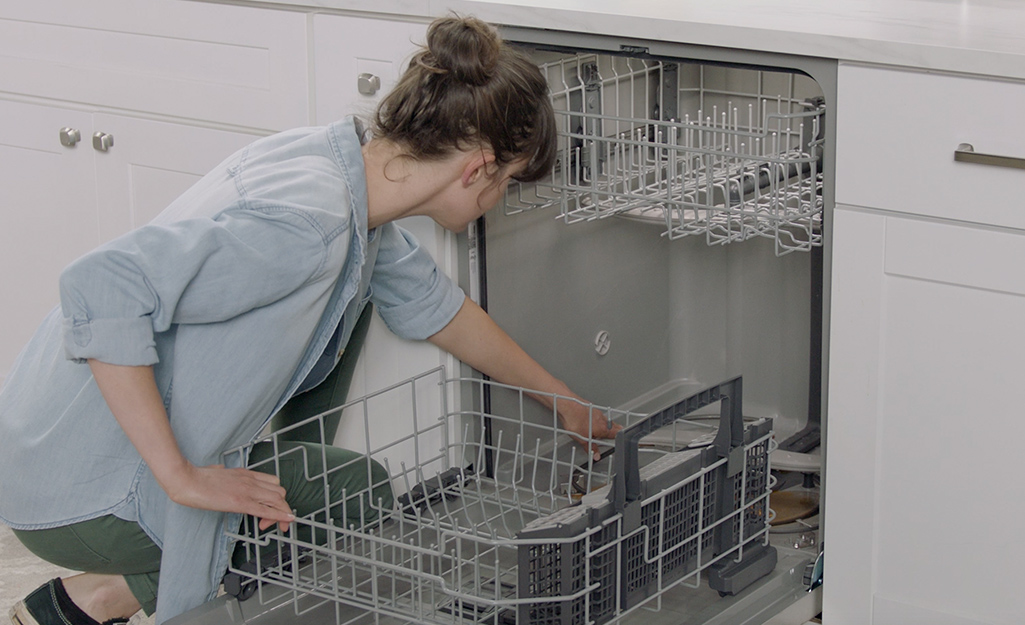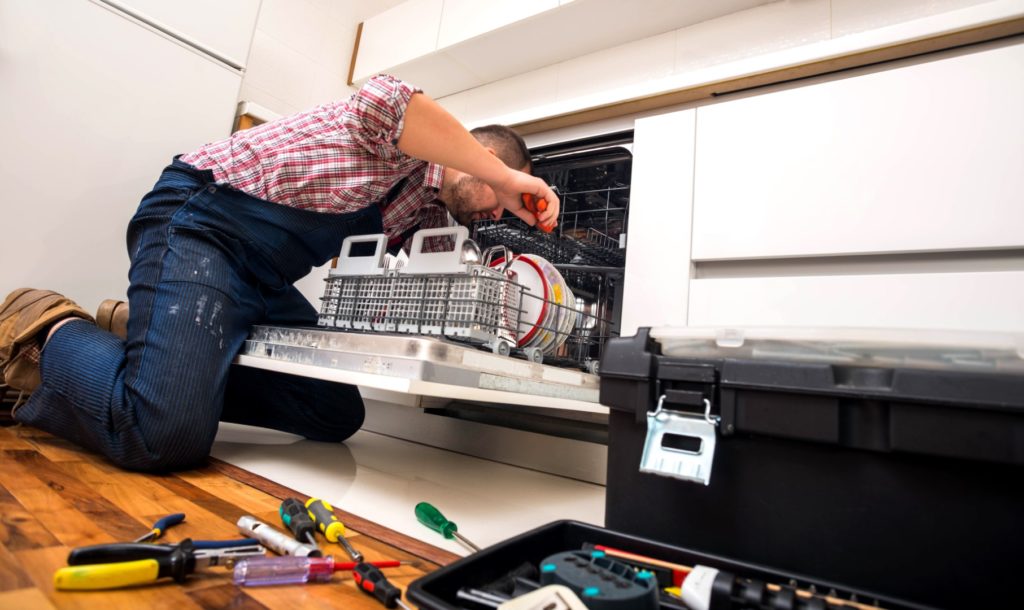Getting ready for Your Dishwasher Installation: 6 Essential Steps to Follow
Getting ready for Your Dishwasher Installation: 6 Essential Steps to Follow
Blog Article
The author is making several great points on How to Prepare for Your Dishwasher Installation as a whole in this content directly below.

Repairing a new dishwasher into your residence is no tiny joke, specifically if you're buying the maker online. Obviously, we recommend that you work with your plumber due to the fact that they are specialists at dishwashing machine setup. Plus, we've done this prior to so we can stay clear of small mistakes that can cause a great deal of pain over time.
The six hacks will make your dish washer setup as smooth as possible.
Find the electric source
Prior to inviting your plumbings over, make sure that there is a power outlet near your favored dishwashing machine location. If there isn't, you might require to run a cable to that location. These little mistakes can make or mar your experience, so you would do well to examine ahead of time.
You can use this possibility to inspect that your kitchen has an independent control so that you can shut down the kitchen's power simultaneously while taking pleasure in power in the rest of your residence. This basic component can avoid multiple crashes and conserve you some money.
See to it the components are complete
If you're getting an inexpensive dish washer, possibilities are that the components aren't full. You can inspect the information given concerning the product to validate. If it isn't, you might need to shop for get rid of your plumber. Check for a consumption hose pipe, a power cord or perhaps a steam nozzle.
There is a huge opportunity of purchasing dissimilar components, so consult a person with a lot of experience, in other words, your emergency plumbing technicians.
Check your water shut-off shutoff
Your dishwashing machine will have its very own connection. It might be connected to your kitchen area sink's supply, or it may have its very own fixtures from your major. Nonetheless, you require to know that you can regulate the water that supplies your brand-new dishwasher.
While planning for the installation, switch off all connections to the kitchen area. This can prevent mishaps and also interruptions.
Inspecting your shut-off shutoff before your plumber gets here can also avoid you from unanticipated spendings since you can not connect a new dish washer to a faulty turned off shutoff.
Additionally ensure that there are no cross connections that can stop your dishwasher from getting hot water.
DEVICES
Obtain the appropriate measurements.
It is very crucial that your dish washer fits in perfectly with the rest of your kitchen area devices. Prior to you place an order for the dishwashing machine, take a measuring tape as well as action front the top of the kitchen table to about an inch off the floor. This is a typical blunder many people make. If you gauge from the top of the table to the flooring, your dish washer might be an inch greater than the table when it shows up.
Likewise, take the projection right into account. European as well as American dishwashing machines have different thicknesses, so always consult your plumber.
Talk about positioning.
The best place to repair your dish washer is right alongside your sink, or listed below it. The further your dishwashing machine is from your sink, the less functional the design. If you have any aesthetic objectives for your dish washer, speak with your plumber regarding them. Always communicate with your plumber.
How to Install a Dishwasher: A Step-by-Step Guide
Pick the right dishwasher
Since a dishwasher is an investment, you'll want to make sure you're putting your money into something that will give you sparkling-clean dishes for years to come.
Noise level Cycle options, like express cleaning or rinse-only Efficiency (fortunately, virtually any dishwasher will save water over hand washing) Finish Don't rush this decision. Do your homework and pick the dishwasher that's right for you.
Get your old dishwasher out (if applicable)
Safety (and mess-avoidance) first: Turn off electricity to the dishwasher at your circuit breaker and turn off the water supply using the valve under the sink.
At the bottom of your dishwasher, you should see a front access panel. Take this off using a screwdriver.
Disconnect the wiring connections and the water supply. The latter will probably have water in it, so have a bowl and some rags handy. Disconnect the drain hose, too.
Now, detach the dishwasher from any anchor points. These are usually located on the underside of your counter and the adjacent cabinets.
Finally, reach under the bottom of the dishwasher. It has four leveling legs that keep it flush with the top of the counter. Using pliers, adjust those to lower the dishwasher so you'll be able to pull it out.
Before you give it a tug, put some cardboard (the box from your new dishwasher will work) or an old blanket down so you don't scratch up your floor.
Hook up water, power and the drain hose
If you didn't have an old dishwasher to remove and skipped that step, now's the time to turn off the electricity (at your circuit breaker) and water (at the valve under your kitchen sink). You might also need to drill holes in the cabinet between where the dishwasher will go and the area under your sink. This will let you run the power cord, water supply and drain hose through.
Position your dishwasher near the gap where it will be installed and take off the front access panel. Depending on where the connections are, you may want to carefully lay it on its back for easier access.
Electrical
Identify the wire connection housing. It likely has a cover you'll need to remove. Your dishwasher comes with a power cord -- thread the end you don't plug into an outlet into there. Connect the wires to the respective wires of the same color (e.g., green to green, white to white, black to black). Replace the wire housing cover. Thread the cord under your sink and plug it in.
Water supply
Your dishwasher probably came with a small, 90-degree fitting that connects to the back of the unit, letting the water supply line extend parallel to the back of the dishwasher. Attach that first. Then, connect the water supply line that your dishwasher came with from the valve under your sink, through the hole in your cabinet, to that piece on the back of your dishwasher.
Read the manufacturer's instructions. Many dishwasher water supply connections are compression fittings, but you might need joint compound to get a leak-free fit. Add joint compound, if needed, and tighten the water supply line to the dishwasher and to the water connection under your sink by hand. Then, grab a wrench and give them a quarter-turn for a tight fit. Don't over-tighten or you could strip the threads.
Get the dishwasher in place
Now, if you put the dishwasher on its back, carefully tip it so it's right side up. Slowly and carefully push it into the space under your counter.
You may want to have a second person pull the power cord, water supply and drain hose through the hole in your cabinet as you do this to ensure any slack doesn't get caught under the dishwasher. You can feed any excess back behind the dishwasher once it's in place.
Test it out
Before you do all the fiddly work of getting your dishwasher perfectly positioned and anchored, run a full cycle. Don't forget to turn the water and power back on first.
If the dishwasher turns on, great -- you at least got the electrical connections right. If it doesn't, you may want to call a local electrician to come help you out.
As it runs (and afterward), check for leaks. Tighten any connections as needed, working in small increments to avoid over-tightening.
Level and anchor it
Once you're sure the dishwasher is working like it's supposed to, grab some pliers. Use those to adjust the legs under the dishwasher so that it's flush with your countertop. Grab your level to confirm it's flat or you could run into problems with drainage.
Finally, grab the brackets it came with and use those to anchor the dishwasher to the underside of your cabinet and the adjacent cabinets.

Do you like more info about How to Install and Connect a New Dishwasher? Make a remark directly below. We would be glad to know your opinions about this write-up. Hoping that you come back again soon. Sharing is nice. You never know, you will be doing someone a favor. I appreciate reading our article about How to Prepare for Your Dishwasher Installation.
Set Up An Appointment Report this page